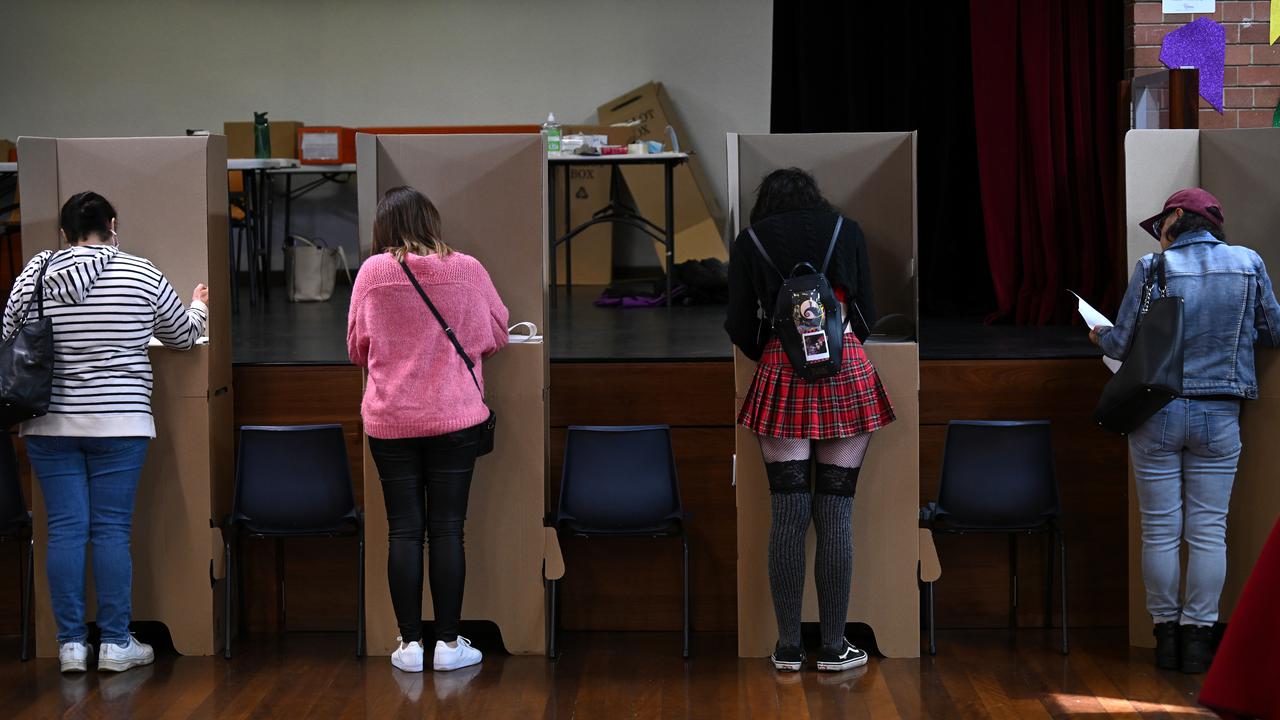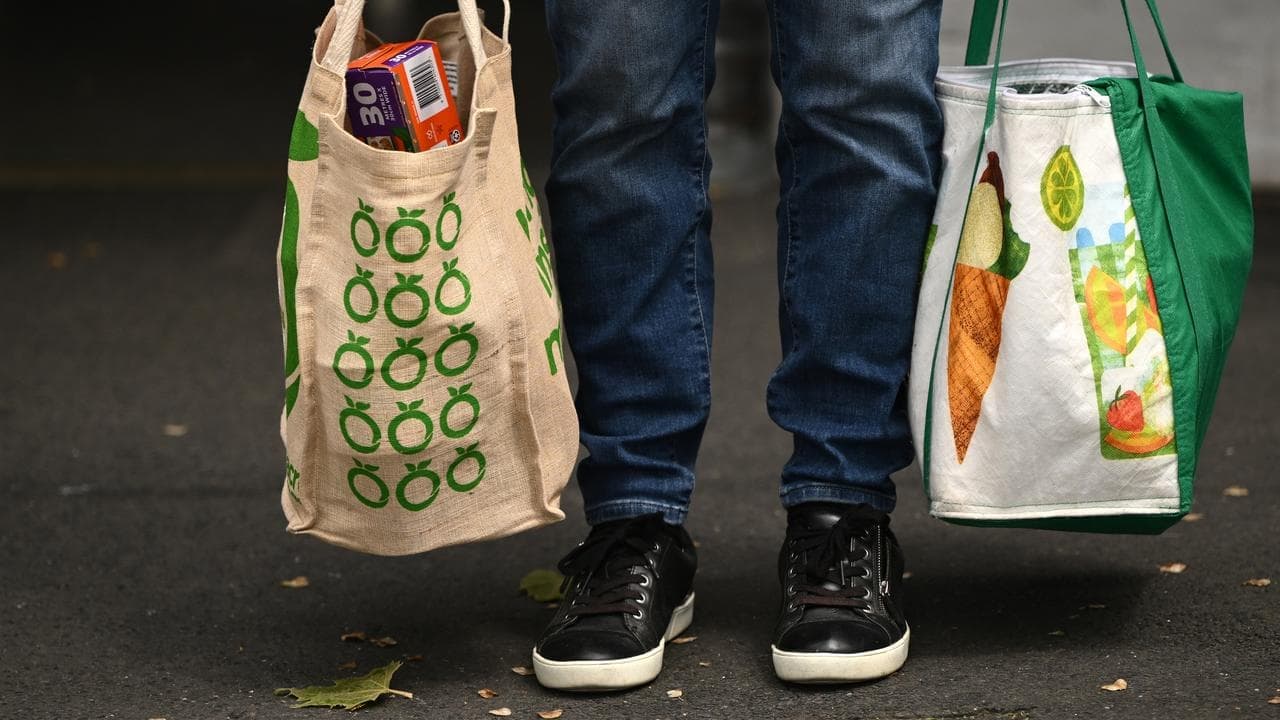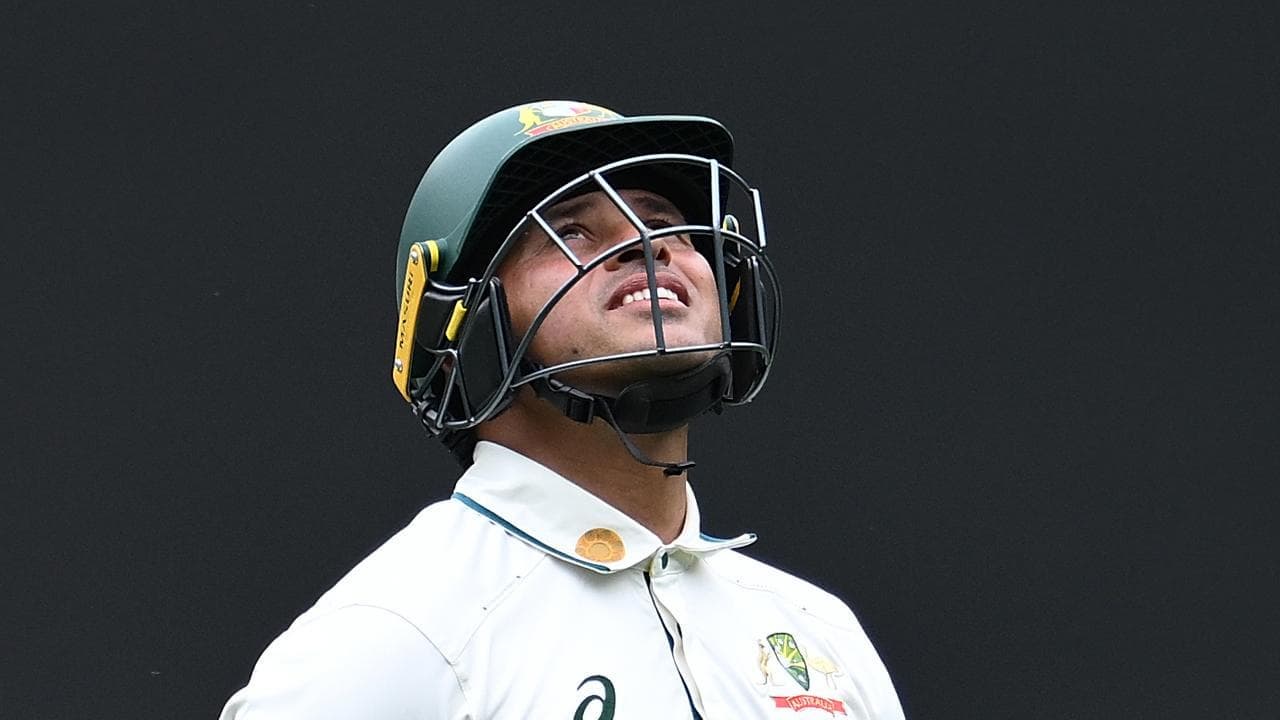WHAT WAS CLAIMED
The Australian Electoral Commission revealed one quarter of Australians who enrolled for the 2022 federal election did not vote.
OUR VERDICT
False. The claim is based on an incomplete count of votes.
An unsuccessful candidate has attempted to cast doubt on the federal election result by claiming the Australian Electoral Commission (AEC) revealed only 75 per cent of enrolled Australians lodged their votes.
However, the claim is false. The AEC figures which he refers to are a running total of votes counted - not the final tally. An election expert told AAP FactCheck he expects the final turnout to be over 90 per cent.
The claim was made in a May 27 Facebook post by Adam La Rosa, who was the United Australia Party candidate (UAP) for the Melbourne seat of Cooper.
The post, which begins with the question: "Was the election rigged?" - claims that "one quarter of Australians who are enrolled to vote did not turn up to vote". It adds that would make the participation rate the lowest since 1922 - the last federal election before compulsory voting was introduced.
"It's easy to conclude that our democracy is dead," the post says.
Mr La Rosa confirmed to AAP FactCheck via email that the main text of the post was a direct copy of an email UAP founder Clive Palmer sent to supporters.
Similar examples of the claim are here, here and here.
The Australian Electoral Commission (AEC) provides turnout figures for the election here, which it updates regularly as more votes are counted.
At the time of when Mr La Rosa made the claim, only around 76 per cent of eligible votes had been counted, according to AEC tally room figures. At the time of publication, the turnout figure had already increased to more than 80 per cent.
In a Twitter response to a person making the same claim as Mr La Rosa, the AEC said on May 27 that turnout figures were still "extremely incomplete" and advised the public not to compare them to previous elections before counting has been completed.
AEC spokesman Evan Ekin-Smyth told AAP FactCheck that people should wait until all votes are counted before commenting on turnout.
"Counting is still underway which means the turnout figure will continue to rise," Mr Ekin-Smyth said in an email.
"Australia's democratic participation is among the world's best. With an enrolment rate of 96.8 per cent for the 2022 federal election, it was a remarkably high base for participation. Turnout at the previous election in 2019 was 91.89 per cent (House of Representatives)," Mr Ekin-Smyth said.
Election expert William Bowe also told AAP FactCheck that Mr La Rosa's claim was premature because counting was continuing.
"There is no reason to think the number of votes as a percentage of enrolment will be significantly lower than the 2019 figure of 91.89%, or indeed any lower at all," Mr Bowe said via email on May 30.
Australia's federal election turnout rate has never dropped below 90 per cent since compulsory voting was introduced in 1924, with the exception of a special 2014 WA senate re-election contest in 2014.
The AEC provides a running tally (here) of the declaration votes yet to be processed. At the time of writing, hundreds of thousands of votes were yet to be processed and counted, according to AEC data.
Mr Bowe told AAP FactCheck that, in addition to the uncounted declaration votes, most telephone votes for people isolating with COVID-19 were yet to be counted.
"I would estimate that this will amount to a further 60,000 votes," he said.
According to a parliamentary library briefing, the 2022 federal election had the largest proportion of votes not conducted in person, including telephone voting and postal votes, which take longer to count than votes cast at polling stations on election day.
Mr Ekin-Smyth said postal votes and other forms of declaration votes have until June 3 to be returned to the AEC for counting.
AAP FactCheck has previously debunked claims the AEC misdirected voters' preferences during the count on election night.
The Verdict
The claim that the AEC revealed one quarter of Australians who were enrolled did not vote in the federal election is false. The figure cited was a running tally of votes counted - not the final amount. At the time of publication, the voter turnout total had exceeded 80 per cent.
False – The claim is inaccurate.
AAP FactCheck is an accredited member of the International Fact-Checking Network. To keep up with our latest fact checks, follow us on Facebook, Twitter and Instagram.












